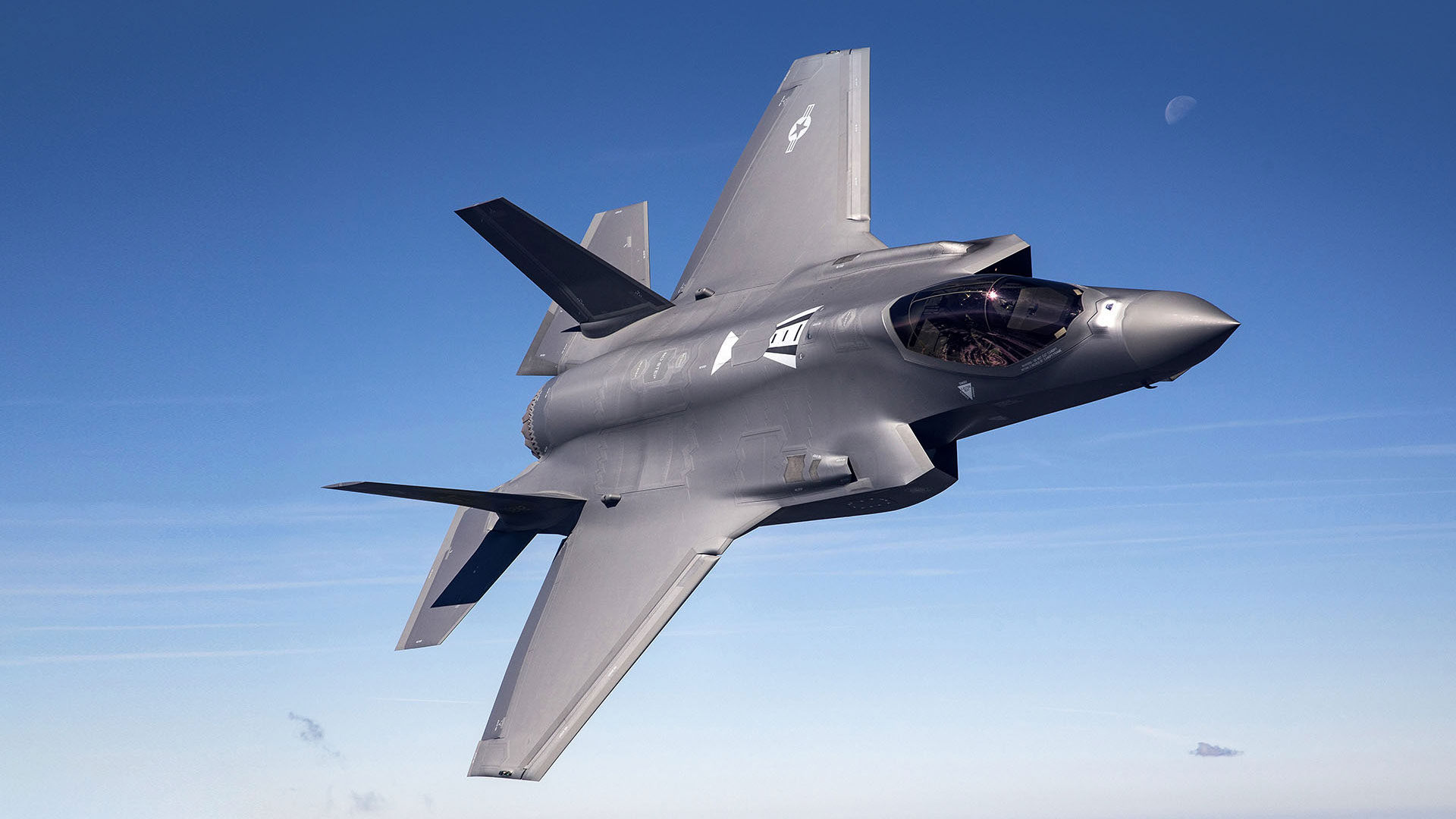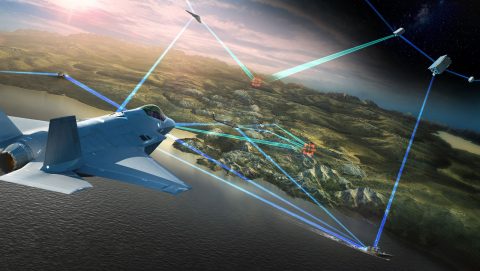MAP-A: More Mass to Meet the Mission
The MAP-A specification is designed with Evolved Expendable Launch Vehicle Secondary Payload Adapter (ESPA) capable size, weight, and power (SWaP) requirements in mind, providing a standard platform for client vehicles to augment their mission through on-orbit hardware and software upgrades from Servicing Auxiliary Vehicles (SAV's). With a higher SWaP capability, the MAP-A supports a wide array of mission solutions leveraging less restrictive form factors. Key features of the MAP-A specification include:
- Designed for ESPA capable size, weight, and power requirements
- Higher SWaP capability to support more mass and power demanding payloads
- Standardized electro-mechanical platform for easy integration with client vehicles
MAP-C: Simplified RPOD Enables Responsive Missions
The MAP-C specification is designed to enable cost-effective and extensible solutions for RPOD dependent missions. With a focus on smaller Servicing Auxiliary Vehicles (SAV's), the MAP-C simplifies the 'last mile' of docking by reducing the level of relative navigation and control performance needed for high reliability docking operations. This allows more of the end user's on-orbit mass to be dedicated to enhancements instead of a high fidelity relative navigation suite. Key features of the MAP-C specification include:
- Simplified RPOD architecture for reduced relative navigation and control performance requirements
- Designed for smaller SAV's and RPOD dependent missions
- Standardized electro-mechanical platform for easy integration with client vehicles
The pathfinder for the MAP-C specification, the Augmentation System Port Interface (ASPIN-C), is an Engineering Development Unit (EDU) built by Lockheed Martin to the MAP-C Specification. Currently undergoing a test campaign to achieve Technological Readiness Level (TRL) 6, the ASPIN-C design will demonstrate its readiness for use in on-orbit servicing and augmentation missions by completing the leap from design to demonstrated performance in mission-relevant environments.



